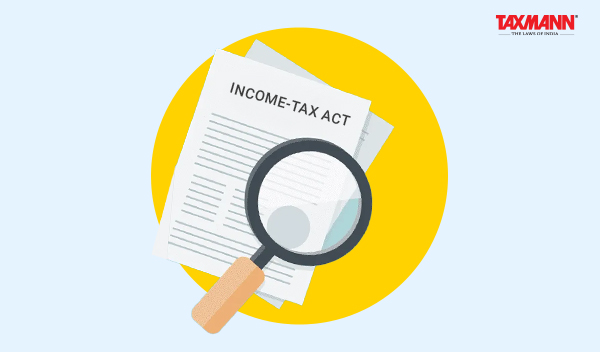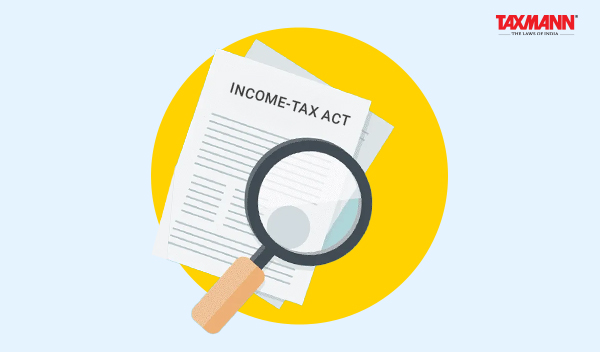
1. Introduction
Is India finally progressing beyond its intricate tax legacy? The Income-tax (No. 2) Act, 2025, represents the most significant change in almost sixty years, supplanting the convoluted and disjointed 1961 framework with an efficient, digital-centric system that will be implemented on April 1, 2026.[1] The law fundamentally alters compliance by streamlining its structure, introducing a “Tax Year,” incorporating digital oversight, clarifying VDA taxation, and mitigating lawsuit risk, beyond mere adjustments to rates or deductions.[2]
This reform is distinguished by its aim to establish a tax ecosystem that aligns with technological advancements, investor expectations, and constitutional integrity. The Act establishes digital-first compliance, explicit language, and standardized processes as permanent norms rather than temporary solutions. Its objective is to minimize friction in routine taxpayer contacts, conform to worldwide best practices, and cultivate a more predictable corporate climate. The Act presents practitioners with both a problem and an opportunity: it necessitates the adjustment of current practices while facilitating a more transparent and globally reputable tax environment in the future.
2. Structural Overhaul
The Income-tax Act, 2025, constitutes a major overhaul of the direct taxation system in India in over sixty years. The main reform lies not in the rates or exemptions, but in the fundamental structure of the legislation. Unlike the old law, which had around 819 sections and complicated rules, the new act has been replaced by a streamlined framework of 536 sections, 23 chapters, and
16 schedules, making it easier to understand and follow.[3] The government has also simplified the language and layout.[4] The Act honors taxation principles to guarantee consistency and usability.
The Act has also simplified the terminology used in taxation by replacing the earlier used and often confusing terms ‘Assessment Year’ and ‘Previous Year’ with one unified concept called the ‘Tax Year.’[5] The financial year is the twelve months starting on April 1st. This change attempts to clarify and ease taxpayers’ understanding of the financial period of their income and tax returns, thus reducing ambiguity in compliance and interpretation.
The Act allows the Central Government to create new tax administration systems to improve efficiency, openness, and accountability (Section 532).6 Where technologically viable, such schemes may eliminate the assessee or other person as the interface and optimize resources through economies of scale and functional specialization.
Compliance provisions are simplified. Clarity was achieved by consolidating scattered clauses. Section 393 consolidates Tax Deducted at Source (TDS) provisions from other sections. This unification makes it easier for taxpayers, professionals, and authorities to locate and interpret TDS regulations without having to wade through complex provisions.
3. Simplified Compliance: What Changes For Taxpayer
The Income-tax Act, 2025, creates a sophisticated and modern framework of direct taxes in India. The Act emphasizes simplicity, transparency, and better compliance through structural and procedural improvements. It is expected to enhance transparency, reduce litigation, and remain in tandem with technological advances. These objectives are the most noticeable in the shift from the 1961 framework to the 2025 structure has significantly changed day-to-day compliance for taxpayers.
1. Reliefs to Earned Persons (Sections 16, 19, 87A, 115BAC(1A))
(a) The Act increases the standard deduction to ?75,000 from ?50,000. This measure benefits salaried employees directly by reducing taxable income and simplifying calculations, especially for middle-class taxpayers who form the bulk of India’s taxpayer base.
(b) The extended rebate under Section 87A, introduced under Section 115BAC(1A), assures no tax burden for individuals with a taxable income of up to ?12.75 lakh. The amount includes the normal deduction but excludes special-rate incomes, such as short-term capital gains.7
(c) The amendment considerably reduces tax burdens while promoting compliance with the simplified regime.
(d) The long-standing disparity has been eliminated by extending the deduction for commuted pension to apply to non-employees as well. This change ensures equal treatment between taxpayer groups and represents the act’s overall focus on fairness and openness.
2. Clarifications regarding House Property Income (Sections 20–25)
(a) The Act affirms the preservation of the current rental income calculation system. Specifically, retaining these provisions has alleviated fears about adverse changes to municipal tax treatment, normal deductions, or pre-construction interest.8
(b) The normal deduction is not cut back: The 30 percent deduction of net annual value, after adjustments for local taxation, is retained without amendment. Such consistency provides stability for taxpayers and practitioners alike.
(c) The pre-construction interest deduction is obviously extendable to self-occupied, rented, and notionally rented premises. Removing the discrepancy in the proposed bill ensures consistency and avoids litigation issues with respect to eligibility.
(d) Updated rules provide greater clarity on the valuation and notional income assessment for vacant commercial premises, a topic that has frequently led to disputes. The clarification reduces interpretative differences and fosters confidence.
3. Designated Business Deductions and Transition (Section 26)
a. The Act corrects minor language errors, such as replacing “named” with “name” and “input” with “import.” These refinements enhance precision and reduce interpretation uncertainty in compliance.
b. Where a full deduction has already been availed on specified business assets, the sale proceeds of the assets would subsequently be taxed as business income if sold after transitioning to the new act. This rule aligns with the intent of Section 35AD of the 1961 Act and ensures tax neutrality during transition.
4. Anonymous Contributions and Uniformity (Sections 332, 335, 337)
(a) The original draft Bill proposed a uniform 30 percent tax on anonymous contributions made to all registered non-profit organizations, with the sole exception of trusts formed exclusively for religious purposes. This provision denied relief to religious and charitable trusts, leading to a regressive departure from the settled position of the 1961 Act.
(b) The Select Committee suggested the restoration of the earlier framework, consistent with Section 115BBC of the Act of 1961.9 Religious and charitable trusts are exempted from tax on anonymous gifts now, recognizing the pragmatic challenge of tracing small gifts.
(c) The last provision restores balance, reduces potential conflict, and maintains a fair balance between regulatory oversight and the operational exigencies of the voluntary sector.
- Press Release: Press Information Bureau, https://www.pib.gov.in/PressReleasePage.aspx?PRID=2159426 (last visited Sept. 16, 2025).
- Income-tax (No. 2) Bill, 2025 introduced in Parliament, SCC Online, https://www.scconline.com/blog/ post/2025/08/12 / income-tax-no2-bill – passed-by-lok-sabha/ (last visited Sept. 16, 2025).
- Executive Summary on the Comprehensive Simplification of the Income-tax Act, 1961, https://incometaxindia.gov.in/Lists/ Press%20Releases/ Attachments/1219/ Executive-Summary-on- the-Comprehensive – Simplification-of – the-Income-tax – Act-1961-Press Release-13-2-25.pdf (last visited Sept. 16, 2025).
- Press Release: Press Information Bureau, https://www.pib.gov.in/PressReleasePage.aspx?PRID=2062861 (last visited Sept. 16, 2025)
- The Income-tax Bill, 2025, https://prsindia.org/files/bills_acts/bills_parliament/2025/The_Income-tax_Bill%2C_2025.pdf?utm_source=chatgpt.com (last visited Sept. 16, 2025).
- Section 532, The Income-tax Bill, 2025, https://prsindia.org/files/bills_acts/ bills_parliament/2025/The_Income-tax_Bill%2C_2025.pdf (last visited Sept. 16, 2025).
Click Here To Read The Full Article
The post Tax Reboot 2025| Key Insights on India’s New Income-Tax Act appeared first on Taxmann Blog.

